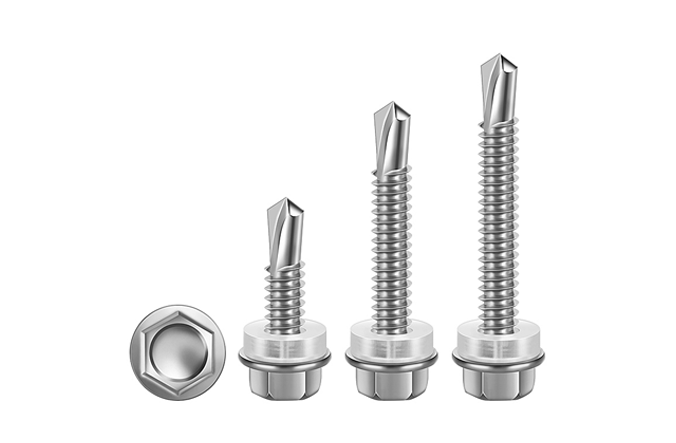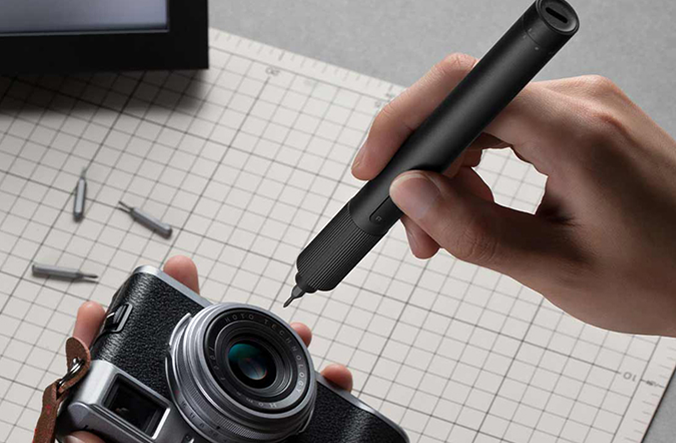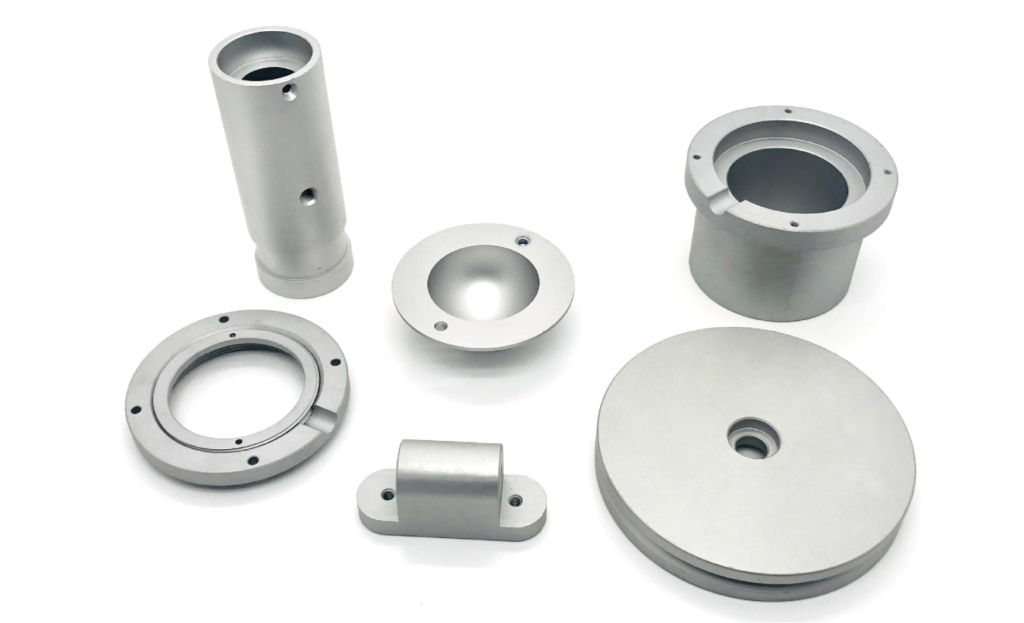
It has been a common process and design for plastic parts to use self-tapping screws to lock each other, but it is still common to hear of broken screw holes or screw strips.
This paper will try to discuss the factors and possible reasons affecting the torque of the Screw. If the Screw is not locked tightly or the tooth is slipping, you can first check to see if there are any changes in the factors.
The factors affecting the torque of the Screw are very many. If there are different opinions, also welcome to leave a message to discuss; the following will list the factors THAT I think may affect:
Screw diameter:
The larger the diameter of the Screw, the greater the electric torque required. Because the larger diameter of the Screw usually means that you need to eat deeper plastic inside.
Screw length:
The longer the Screw length, the greater the electric torque required. Electric torque is basically proportional to the contact area of the Screw and plastic. The more the screw lock into the screw hole, more screw area and plastic contact will be.
Screw pitch:
The greater the Screw pitch, the greater the electric torque required. This seems to contradict the contact area above, but when the Screw is turned again, the Screw with larger spacing between the screws will lock into the plastic deeper than the Screw with smaller spacing, requiring greater torque. Like the same diameter of gears with a different number of gears, the rotation of the same other gear, the more gears, the more the truth is the same.
Screw shape:
pointed, triangular. Torque has little to do with the shape of the end of the Screw, but different end shapes usually represent different thread designs. Pointy-end screws have shallower threads and require less electric torque as a rule of thumb.
Screw hole diameter:
The smaller the Screw hole diameter, the more electric torque required.
Screw hole draft Angle:
The more significant the Screw hole release Angle, the greater the torque needs. This is because the lower the screw hole, the smaller the hole. It is also worth noting that the following Screw boss draft Angle, these two release Angle will directly affect the thickness of the Screw.
Screw hole chamfer:
The role of the chamfer is to help the Screw stand on the Screw hole so that the operator is not easy to slip to The side when locking the Screw. But if the angle is too large or too deep, although the electric torque required may be smaller, the remaining plastic screw column and screw bite area are less, which may reduce the locking force of the Screw.
Plastic Resin Material:
The harder the Plastic material (e.g., reinforce or Plastic with Glass fibre), the greater the electric torque required.
How to measure the torque of an electric screwdriver with self-tapping screws?

If you are a process engineer in an electronics manufacturing plant, how do you determine the torque value of an electric screwdriver? In particular, the most appropriate electric tapping force is used to determine the self-tapping Screw because the electric knife has too much torque and easy to slip teeth while too little torque and locking failure.
(1) Determine the minimum torque of the electric screwdriver:
First, select the torque range (+/ -0.3kGF-cm or +/ -0.5kGF-cm) with the empirical value, set the minimum screw torque with the electric screwdriver, and then manually rotate the Screw after locking to check whether the screw torque is enough. If manual rotation of the Screw is no longer possible, it means that the setting of the minimum screw torque is acceptable.
If it can rotate, the minimum torque is still not enough and must be increased further. The minimum electric torque can be determined after repeated testing.
There is also a more reliable method to determine the minimum torque of the electric knife and so on to determine whether the screws are locked, do not remove the screws but destroy the plastic shell and check whether all the screw columns on the upper and lower cover have been tightly joined, no gap.

(2) Determine the maximum screw torque of the electric screwdriver:
After determining the minimum screw torque, set the torque of the electric screwdriver to the maximum torque range (= minimum torque + 0.6kg or 1.0kg) according to the torque range (+/ -0.3kGF-cm or +/ -0.5kGF-cm), take 10 groups of upper and lower covers (or upper and lower shells), After repeatedly locking and loosening the screws for 10 times with the electric driver, confirm whether any screw holes slip teeth or screw column fracture occurs. If not, congratulations, the maximum screw torque has been set.
If so, the torque must be reduced or the internal and external apertures of the screw column must be changed and verified again.
Above all is assuming that the strength of the tapping screw is no problem, no screw fracture or screw sliding teeth, if you can, with a look-up table method told of the maximum torque screw, then multiplied by a certain safety coefficient is 0.6 ~ 0.8, and then compare the above methods defined by proper electric screw torque.
If the theory of mechanism design can be used to calculate the maximum torque bearing value of the screw column and the actual test supplement each other, so determined by the torque should be the best value of the torque.


